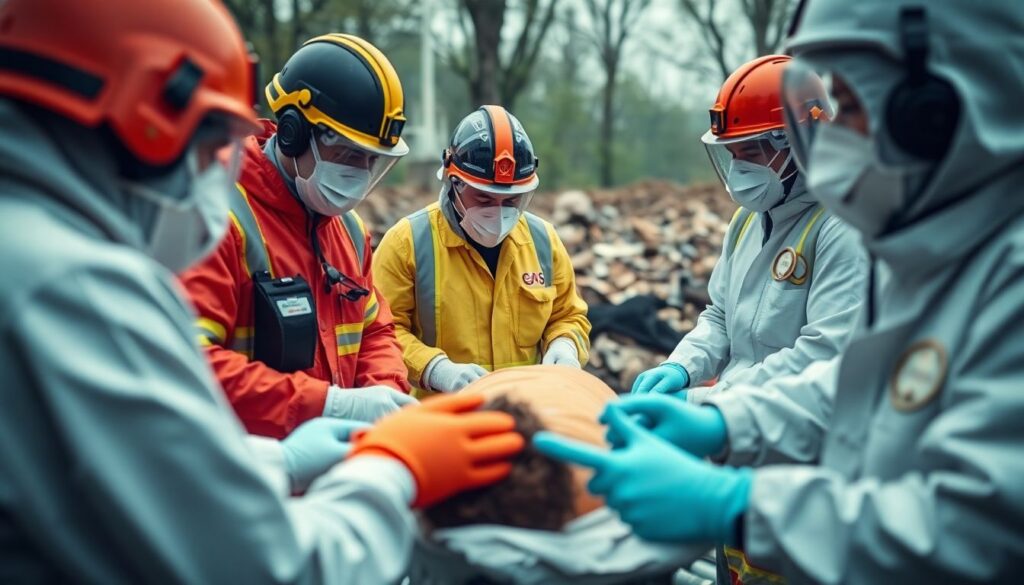Delve into the intricate world of mass casualty response as we explore the crucial role of the Disaster Mortuary Operational Response Team (DMORT). This article offers a unique perspective from Chuck Smith, the commander of DMORT Region Six, shedding light on the meticulous process of identifying victims in the aftermath of tragedies.
A behind-the-scenes look at the meticulous process of victim identification in mass casualty incidents.
In the heart of the aftermath, a disaster response team moves with the precision of a well-oiled machine. Clad in bright vests and armed with years of training, they navigate the chaos with a shared purpose: to piece together the puzzle of tragedy and give voices back to the silent. Their focus? Forensic analysis and victim identification.
Imagine a group of specialists gathered around a makeshift table, laptops open, eyes scanning screens filled with data. Behind them, others are carefully sifting through debris, collecting samples, and documenting every detail. There’s a constant hum of activity, a symphony of professionals dedicated to their tasks, each aware that their work could mean the difference between closure and endless waiting for a family.
Meanwhile, another team works gently, respectfully, with the victims. They use cutting-edge technology and old-fashioned detective work to match names with faces, to turn statistics into people. Each identification is a victory, a piece of the community restored. This is the unseen side of disaster response, the painstaking work that turns devastation into a story of resilience and hope.
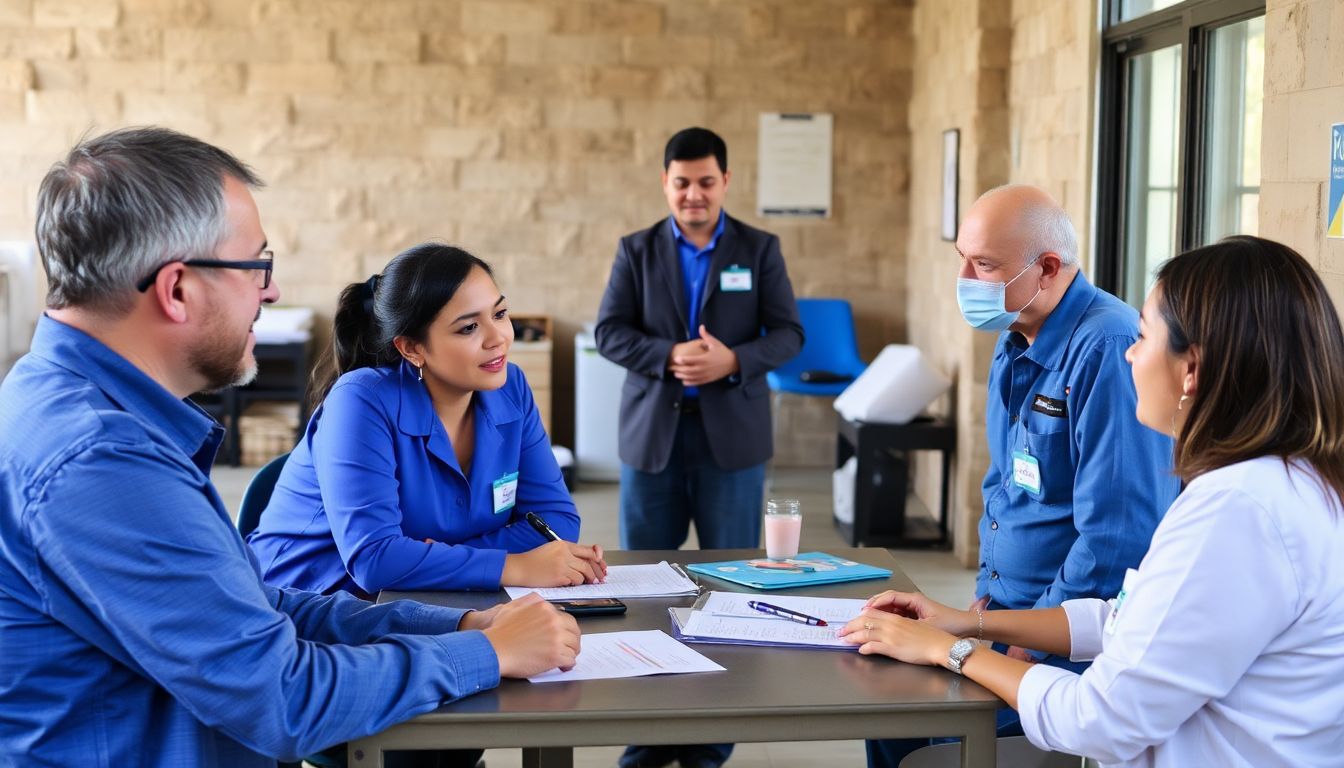
The Role of DMORT in Mass Casualty Incidents
In the wake of mass casualty incidents, the Disaster Mortuary Operational Response Team (DMORT) plays an indispensable role in managing and processing large numbers of fatalities. DMORT operates under the Department of Health and Human Services (HHS) and is a part of the National Disaster Medical System (NDMS). Their primary mission is to provide swift, professional, and compassionate recovery, identification, and processing of deceased individuals, ensuring they are treated with the utmost respect and dignity.
The deployment of DMORT follows a structured process to ensure efficiency and effectiveness. When a mass casualty incident occurs, local authorities can request federal assistance through their state or tribal government. Once approved, DMORT teams are activated and deployed to the affected site. Each team consists of various specialists, including funeral directors, medical examiners, forensic pathologists, and dental specialists, among others. Their interdisciplinary expertise ensures a comprehensive approach to mass fatality management.
Upon arrival at the incident site, DMORT teams take several initial steps to establish operations and coordinate with local authorities:
- Set up a temporary morgue or Disaster Portable Morgue Unit (DPMU) to facilitate the respectful and organized handling of remains.
- Establish a command center to oversee operations and maintain clear communication with local officials and other responding agencies.
- Initiate the process of ante-mortem (AM) data collection, gathering information from families and friends to assist in the identification process.
Concurrently, DMORT teams work diligently to:
- Coordinate the recovery and transportation of remains to the temporary morgue.
- Perform post-mortem (PM) examinations to gather data for scientific identification purposes.
- Compare AM and PM data to facilitate accurate identifications.
- Process and prepare remains for final disposition once identifications are confirmed.
- Provide family assistance to support loved ones throughout the process.
By maintaining a organized and methodical approach, DMORT teams strive to bring closure and comfort to families affected by mass casualty incidents.
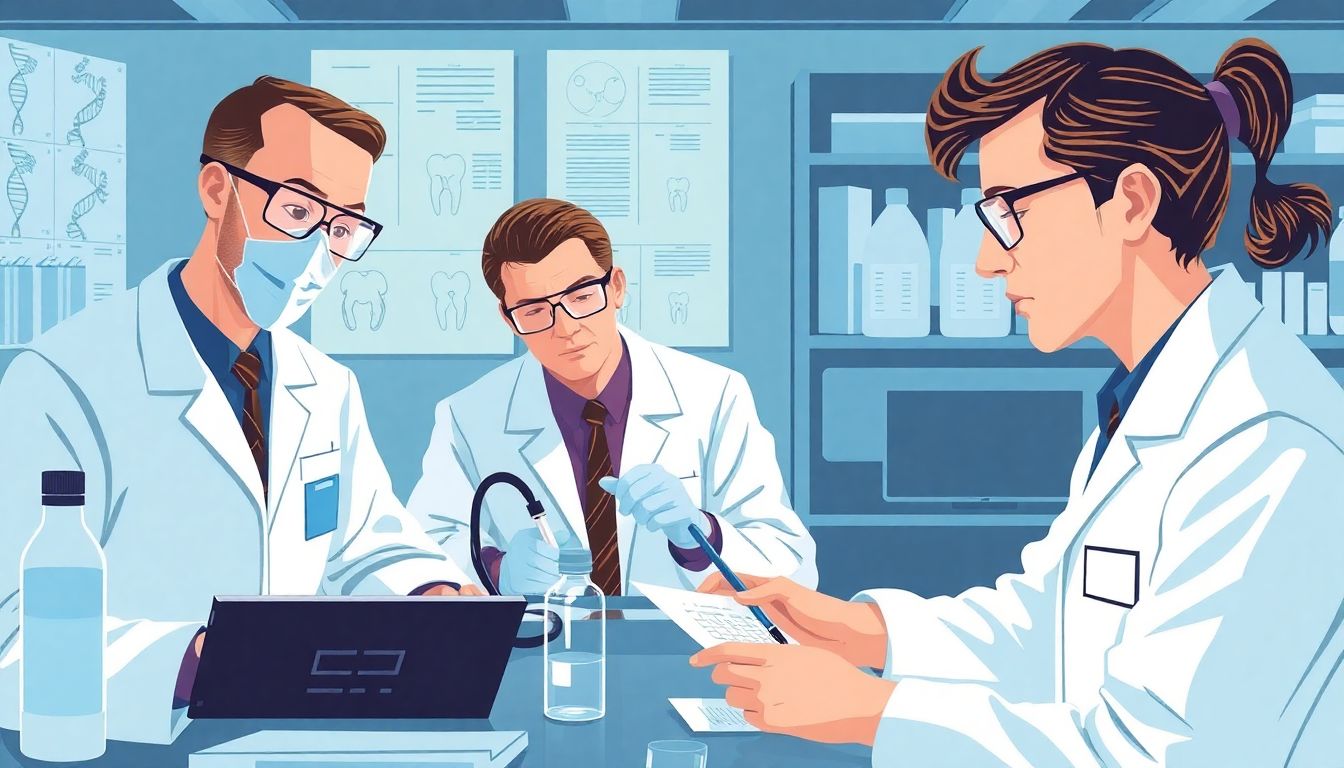
Forensic Identification Process
In the aftermath of mass fatality incidents, the Disaster Mortuary Operational Response Team (DMORT) employs a meticulous process to identify victims and bring closure to their families. One of the key forensic methods used is DNA testing, a powerful tool that can provide accurate identifications even when other methods fall short. DMORT collects DNA samples from the victims and compares them to reference samples provided by family members. This process, known as kinship analysis, can establish a genetic link between the victim and their relatives, confirming the victim’s identity.
In addition to DNA testing, fingerprint analysis plays a crucial role in victim identification. DMORT experts work diligently to obtain fingerprints from the victims, which are then run through automated fingerprint identification systems (AFIS). These systems compare the obtained prints to known fingerprint records, such as those from employment background checks, military service, or previous arrests. This method is particularly effective when the victim’s fingerprints are already on file.
Another vital forensic method employed by DMORT is dental records comparison. Teeth are the most durable structures in the human body, often surviving even the most severe incidents. DMORT’s forensic odontologists examine the victims’ dental remains, noting unique features, restorations, and previous dental work. This information is then compared to ante-mortem dental records provided by the victims’ dentists. A match between the post-mortem and ante-mortem records can positively identify the victim.
To ensure accurate identification, DMORT follows a systematic process that integrates these forensic methods:
- Collection of ante-mortem data: DMORT works with families to gather relevant information about the victim, such as medical history, tattoos, and other distinguishing features.
- Forensic examination: Experts conduct thorough examinations of the victims’ remains, documenting all available identifying features.
- Comparison and identification: The collected ante-mortem data is compared to the post-mortem findings. A scientifically validated match between these data sets confirms the victim’s identity.
Through this meticulous process, DMORT strives to provide timely and accurate identifications, offering solace and resolution to the families of those affected by mass fatality incidents.
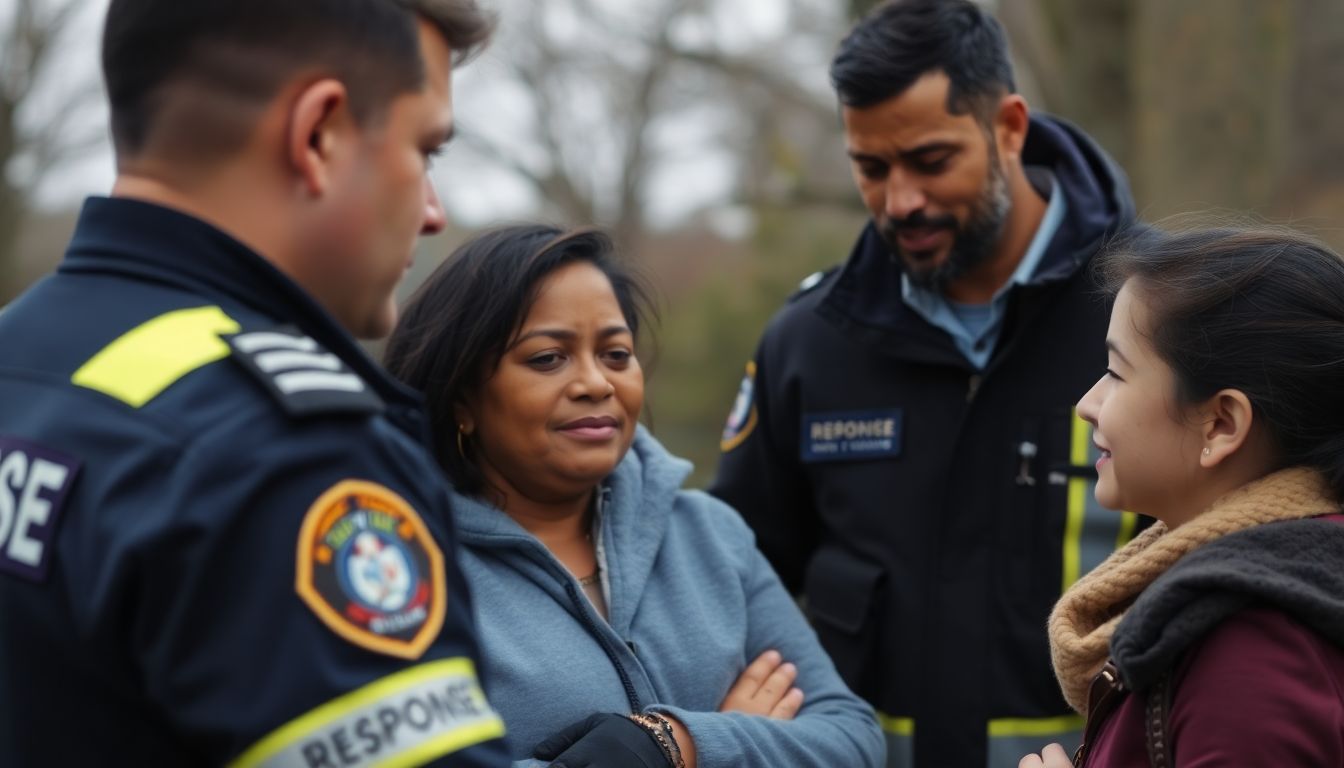
Family Involvement and Support
The victim identification team plays a crucial role in the aftermath of a tragedy, acting as a vital link between the investigation and the families of those affected. Their first interaction with families is often during the most trying of times, when uncertainty and anxiety are at their peak. The team’s approach is one of compassion and professionalism, as they begin the process of gathering necessary information. This involves sitting with families, often in their homes or in private spaces away from the chaos, to collect details that might help identify their loved ones. The team members are trained to ask the right questions with kindness and empathy, understanding that the families are going through a traumatic experience.
The information gathered by the victim identification team is not just about physical descriptions or dental records, but also about the unique attributes that make each person special. They ask about tattoos, scars, and even personal habits that might help in the identification process. The team also collects items that might contain the DNA of the missing person, such as a toothbrush or a piece of clothing. Each piece of information, no matter how small, can be instrumental in bringing a family closure. The team ensures that the families are updated regularly on the progress, providing them with a sense of involvement and control in a situation where they often feel powerless.
Providing support to the families is as important as gathering information. The victim identification team is often the first point of contact for families, and they need to be a source of strength and comfort. This support can take many forms, such as:
- Connecting families with counseling services to help them cope with their grief.
- Assisting with practical matters, such as dealing with media inquiries or managing funeral arrangements.
- Simply being present to listen and offer words of comfort.
The team’s role is not just to facilitate the identification process, but also to walk alongside the families through their darkest hours.
The interaction between the victim identification team and the families does not end with the identification process. The team often maintains a relationship with the families, providing updates on the investigation and offering continued support. They also play a role in preparing the families for what comes next, such as viewing the body or understanding the legal processes involved. In many cases, the bond formed between the team and the families lasts long after the identification process is over. The team becomes a part of the family’s journey, a testament to the human connection that can arise from the most trying of circumstances.
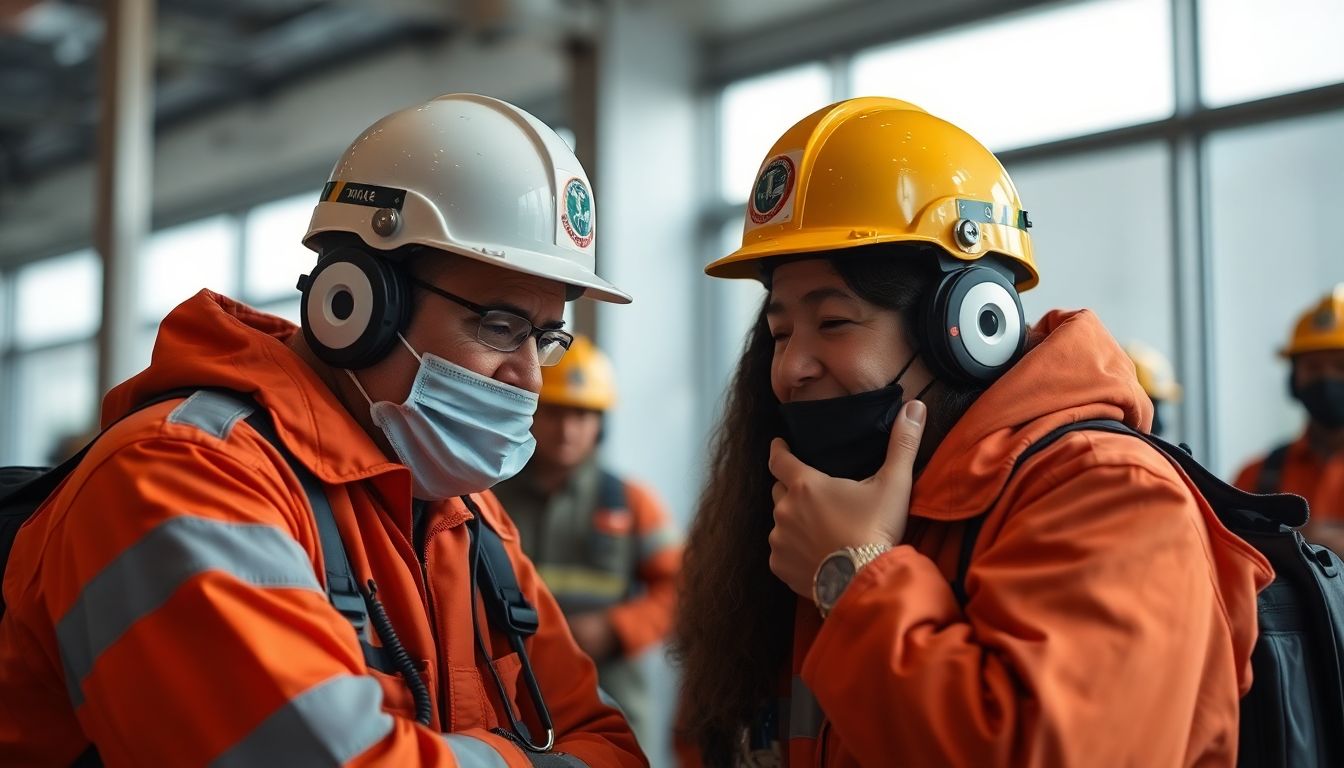
Emotional Challenges and Personal Experiences
Chuck Smith, a seasoned journalist, has been at the forefront of reporting some of the most devastating events in American history. His personal experiences during these high-profile incidents offer a unique glimpse into the emotional challenges faced by news teams. During the Oklahoma City bombing, Smith was one of the first reporters on the scene. The sheer magnitude of the destruction was overwhelming. He recalls the eerie silence punctuated only by the sound of helicopters and distant sirens. The emotional toll was immense, as the team had to report on the tragedy while processing their own shock and grief.
The emotional challenges were multifaceted. The team had to balance their professional duties with their human responses. Smith remembers the struggle of maintaining composure while interviewing survivors and families of victims. Each story was a poignant reminder of the lives lost and the communities forever changed. The team supported each other through long hours and emotional interviews, forming a bond that transcended their professional roles.
The events of 9/11 brought a new set of challenges. Smith was in New York City when the planes hit the Twin Towers. The initial confusion and disbelief quickly gave way to a sense of urgency. The team worked tirelessly to provide accurate and timely information to a world in shock. Smith describes the surreal atmosphere of lower Manhattan, covered in dust and debris, as people wandered in a daze, searching for answers.
The emotional impact of 9/11 was profound. The team grappled with their own fears and uncertainties while trying to provide comfort and information to viewers. Smith recalls the constant flow of heart-wrenching stories:
- The firefighters who rushed into the burning buildings, never to return.
- The desperate calls from those trapped inside.
- The families waiting for news of their loved ones.
Each story was a reminder of the human cost of the tragedy. The team leaned on each other for support, sharing moments of silence and tears amidst the chaos. Through it all, they remained committed to their role in informing the public, even as they themselves were deeply affected by the unfolding events.
FAQ
What triggers the deployment of a DMORT team?
What are the primary methods used for victim identification?
- DNA testing
- Fingerprint analysis
- Dental records comparison
.
How does the victim identification team interact with families?
What are some of the emotional challenges faced by DMORT team members?
What steps does DMORT take when an incident occurs?
- Sends an assessment team to meet with local authorities
- Determines the needs and logistics
- Notifies and puts people on standby
- Arranges travel and accommodations for the team
.



